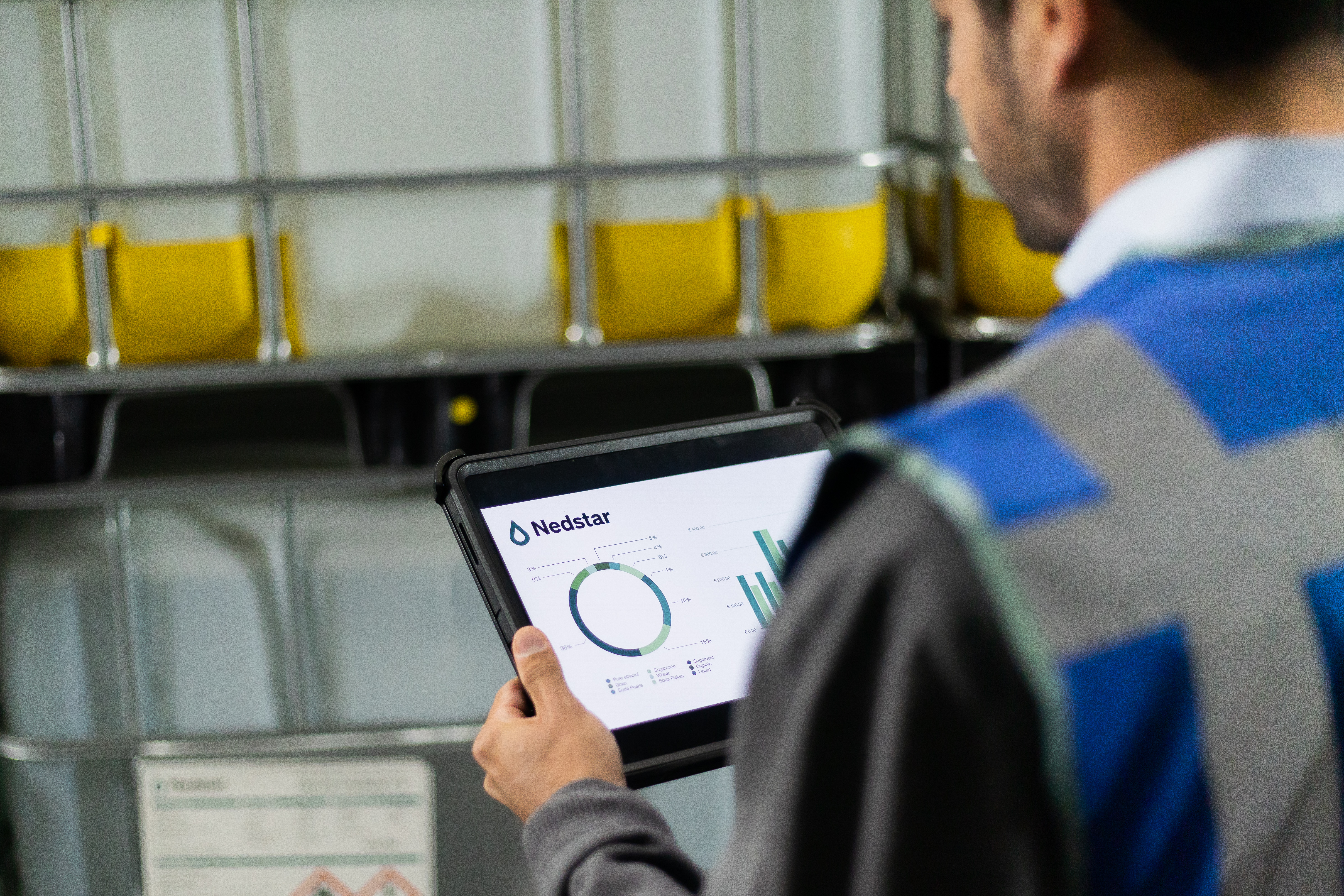Ever felt lost in the maze of measurements when dealing with bulk ethanol? You're not the only one. Different regions use different units, making it confusing to buy or sell. In Europe, they use "litre pure" to measure how much pure ethanol is in a liquid. But on a global scale, especially in places like Brazil, they prefer "cubic metres" (CBM) for shipping volumes, making transactions smoother and more standardised. When it comes to weight, "metric tons" (MT) come into play, where each MT equals 1,000 kilograms. This blog is your guide through the variety of ethanol measurements, whether you're a seasoned pro or just starting out, helping you make sense of it all.
Cubic metres (CBM)
Cubic metres (CBM) are the standard measurement unit for global shipment volumes, equal to 1,000 litres. Particularly prevalent in Brazil for ethanol distribution, one cubic meter of ethanol contains approximately 805 kilograms of 96% alcohol due to its low density. This knowledge is vital for effective ethanol transportation, especially in international trade.
Litre pure (LP)
"Litre pure" serves as a crucial metric in ethanol distribution, offering a precise indication of the ethanol content within a liquid solution. Widely adopted in European markets, this measurement system ensures transparency and accuracy in transactions. By specifying the volume of pure ethanol present, stakeholders can efficiently measure the potency and quality of the ethanol being transported or utilised in various industries, ranging from pharmaceutical to electronic industries.
Metric ton (MT)
Alongside cubic metres (CBM), a metric ton (MT) stands out as one of the most used metrics for measuring freight volume. Equivalent to 1,000 kilograms, the metric ton plays a pivotal role in transportation logistics, offering a standardised unit for quantifying the weight of goods being shipped. This universal measurement system facilitates efficient freight management and ensures consistency in international trade transactions.
Litre volume (LV)
Litre per volume emerges as the prevailing measurement unit for transporting and shipping ethanol globally. Widely adopted across various regions, this metric provides a standardised framework for quantifying ethanol volumes, ensuring seamless transactions and logistics management. Whether in Europe, Brazil, or elsewhere around the world, the use of litres per volume facilitates efficient ethanol distribution across diverse industries and markets.
Conversions
Now that we've explored the different measurement systems used in ethanol distribution, let's dive into how to switch between them. To convert from litres pure (Lp) to cubic metres (CBM), you can divide the volume in litres by 960. For example, 1,000 litres pure equals approximately 1.042 cubic metres. On the other hand, to convert from cubic metres to litres pure, multiply the volume in cubic metres by 960. When it comes to converting between metric tons (MT) and litres pure, it's important to consider ethanol's density, which is about 0.805 metric tons per cubic metre. To convert from metric tons to litres pure, you'd multiply the weight by 1,243.9. For example, if you have 1 metric ton of ethanol, you will multiply by 1,243.9 to get approximately 1,244 litres pure. To go from litres pure to metric tons, you'd divide by 1,243.9.
Logistical experts for less measurement hassle
For smooth operations, whether you're shipping locally or abroad, you need to know how to use the different metric systems used in ethanol distribution. Working with experienced logistics experts like those at Nedstar can help you get through these systems without any problems. Nedstar's global knowledge makes sure that shipping goes smoothly, whether you're bringing ethanol in from another country or distributing it in your own country. You can improve the way you distribute ethanol and make your supply chain more successful by using the knowledge of our experts.











Leave a comment